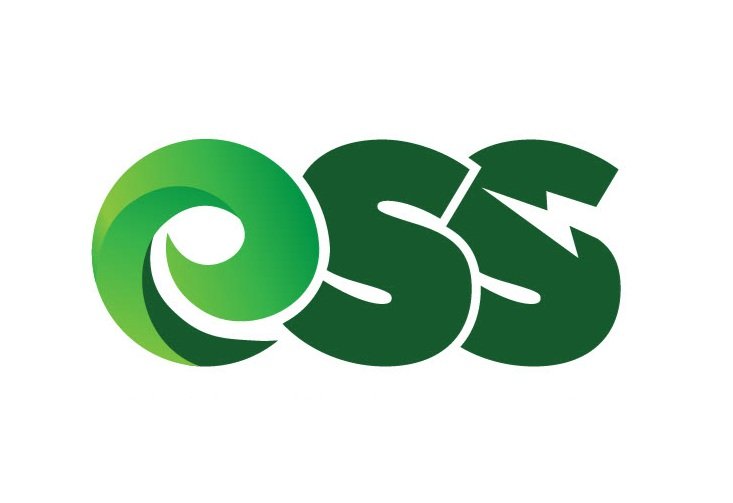Solar Irrigation Systems for Farming
Introduction
Welcome to the future of farming! Solar irrigation systems are not just a trend; they're a revolutionary shift in agricultural practices. In this comprehensive guide, we'll delve deep into the world of solar irrigation, exploring its benefits, efficiency, and cost-effectiveness. We'll also sprinkle in some real-life examples to show you how solar irrigation is transforming farms across the globe.
The Problem with Traditional Irrigation
Traditional irrigation systems like drip, sprinkler, and surface irrigation have been the backbone of agriculture for centuries. However, these systems come with their own set of challenges. They often require a significant amount of energy to operate, leading to higher electricity bills. Moreover, they can be wasteful in terms of water usage, contributing to the global water crisis.
Efficiency of Different Irrigation Systems
Before we dive into the solar solution, let's take a look at how traditional irrigation systems stack up in terms of efficiency.
Note: Efficiency is measured in terms of water usage and crop yield. As the chart clearly shows, solar irrigation systems are far more efficient than their traditional counterparts.
The Solar Solution: A Detailed Overview
Solar irrigation systems use solar panels to capture sunlight and convert it into electricity. This electricity then powers water pumps, making the entire system incredibly efficient and sustainable. Unlike traditional systems that rely on fossil fuels or electricity from the grid, solar irrigation is a clean, green alternative.
Cost and Savings Comparison: Solar vs Traditional
One of the most compelling reasons to switch to solar irrigation is the cost savings. While the initial investment may be higher, the long-term benefits are substantial.
The graph below illustrates that not only do solar irrigation systems offer significant energy savings, but they also reduce water usage, making them a win-win solution for both your wallet and the planet.
Real-Life Examples: Solar Irrigation in Action
John's Farm in California: After switching to solar irrigation, John experienced a 30% increase in crop yield and a 20% reduction in water usage.
Green Acres in Texas: This farm reduced its water consumption by a whopping 40% and also cut down its energy bills by 25%.
Sunny Fields in Florida: By adopting solar irrigation, this farm was able to extend its growing season, leading to higher profits.
Benefits of Solar Irrigation: A Summary
Sustainability: Utilizes renewable solar energy, reducing carbon footprint.
Efficiency: Optimizes water usage, leading to higher crop yields.
Cost-Effective: Lowers both energy and water bills in the long run.
Low Maintenance: Fewer mechanical parts mean less wear and tear, reducing maintenance costs.
Scalability: Easily expandable as your farming operations grow.
Frequently Asked Questions (FAQ)
-
The best irrigation system for farming is solar irrigation. It's efficient, sustainable, and cost-effective, as shown in our chart on irrigation efficiency.
-
Absolutely! Solar energy can power irrigation systems, greenhouses, and even farm machinery, making it a versatile and sustainable option for modern farming.
-
Yes, a solar pump can easily power a sprinkler system. It's an eco-friendly way to keep your crops hydrated without relying on grid electricity.
-
The best solar pump for agriculture depends on your specific needs, such as the size of your farm and water requirements. However, submersible solar pumps are generally considered efficient and durable for agricultural use.
How to Make the Switch
If you're convinced that solar irrigation is the way to go, here are some steps to make the transition smoother:
Consult an Expert: Talk to a solar irrigation specialist to assess your needs.
Initial Setup: Install solar panels and connect them to your existing irrigation system.
Monitoring: Use smart sensors to monitor water and energy usage.
Maintenance: Regularly check the system for any issues to ensure optimal performance.
Conclusion
Solar irrigation systems are not just the future; they're the present. With undeniable benefits like efficiency, sustainability, and cost-effectiveness, there's no reason not to make the switch. If you're still relying on outdated, inefficient irrigation methods, it's high time you embraced the solar revolution.


